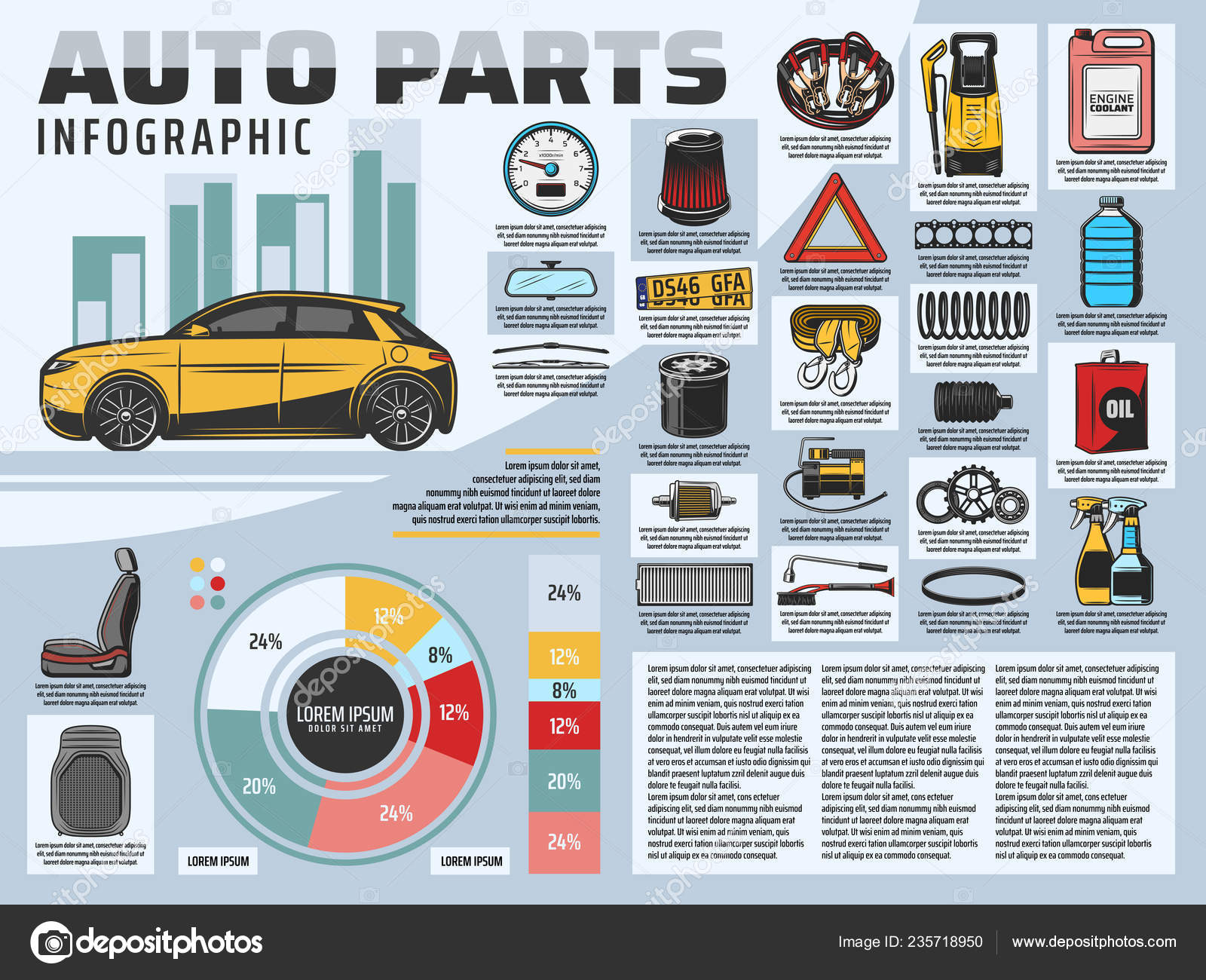Analyzing Your Car'S Warning Indicators: What They Truly Convey
Analyzing Your Car'S Warning Indicators: What They Truly Convey
Blog Article
click for more info Produced By-Vinson Corbett
When you're behind the wheel, those radiant warning lights on your control panel can be a bit bewildering. Do you recognize what they're attempting to inform you about your vehicle's wellness? Comprehending professional car wash of these lights is crucial for your security and the longevity of your vehicle. So, the following time among those lights pops up, wouldn't you want to decipher its message precisely and take the required steps to address it?
Common Warning Lights and Interpretations
Recognize common warning lights in your auto and understand their definitions to make certain risk-free driving.
One of the most regular caution lights consist of the check engine light, which signals concerns with the engine or discharges system. If this light comes on, it's crucial to have your automobile examined quickly.
The oil stress advising light shows low oil stress, needing prompt interest to avoid engine damages.
A blinking battery light may recommend a malfunctioning charging system, possibly leaving you stranded otherwise addressed.
The tire pressure surveillance system (TPMS) light notifies you to reduced tire pressure, influencing lorry stability and gas performance. Overlooking this can result in risky driving problems.
The ABS light suggests a trouble with the anti-lock stopping system, endangering your capacity to quit rapidly in emergencies.
Finally, the coolant temperature level warning light warns of engine overheating, which can lead to severe damages otherwise settled promptly.
Understanding these common caution lights will aid you address concerns immediately and maintain risk-free driving problems.
Relevance of Prompt Interest
Understanding the common caution lights in your car is just the initial step; the relevance of without delay attending to these warnings can not be highlighted enough to guarantee your security when traveling.
When a warning light illuminates on your control panel, it's your cars and truck's way of connecting a potential concern that requires attention. Overlooking additional Info can bring about extra extreme issues in the future, compromising your safety and security and potentially costing you a lot more in repairs.
Trigger focus to warning lights can avoid malfunctions and mishaps. For example, a blinking check engine light could suggest a misfire that, if left neglected, might cause damage to the catalytic converter. Addressing this quickly can save you from a costly fixing.
Likewise, a brake system cautioning light might indicate low brake liquid or worn brake pads, critical components for your safety when driving.
Do It Yourself Troubleshooting Tips
If you notice a caution light on your dashboard, there are a couple of DIY repairing suggestions you can try prior to looking for specialist assistance.
The first step is to consult your automobile's guidebook to recognize what the certain warning light indicates. In some cases the issue can be as basic as a loose gas cap causing the check engine light. Tightening up the gas cap might solve the issue.
One more common problem is a reduced battery, which can cause numerous warning lights. Inspecting the battery links for corrosion and ensuring they're safe and secure might take care of the issue.
If a caution light persists, you can try resetting it by detaching the automobile's battery for a couple of mins and then reconnecting it. Furthermore, checking your car's liquid levels, such as oil, coolant, and brake fluid, can aid repair alerting lights connected to these systems.
Final thought
To conclude, understanding your car's warning lights is necessary for maintaining your vehicle running smoothly and safely. By quickly resolving these signals and recognizing what they imply, you can prevent pricey repair work and potential malfunctions.
Bear in mind to consult your vehicle's handbook for specific information on each cautioning light and act as necessary to make certain a trouble-free driving experience.
Remain notified, remain secure on the road!
